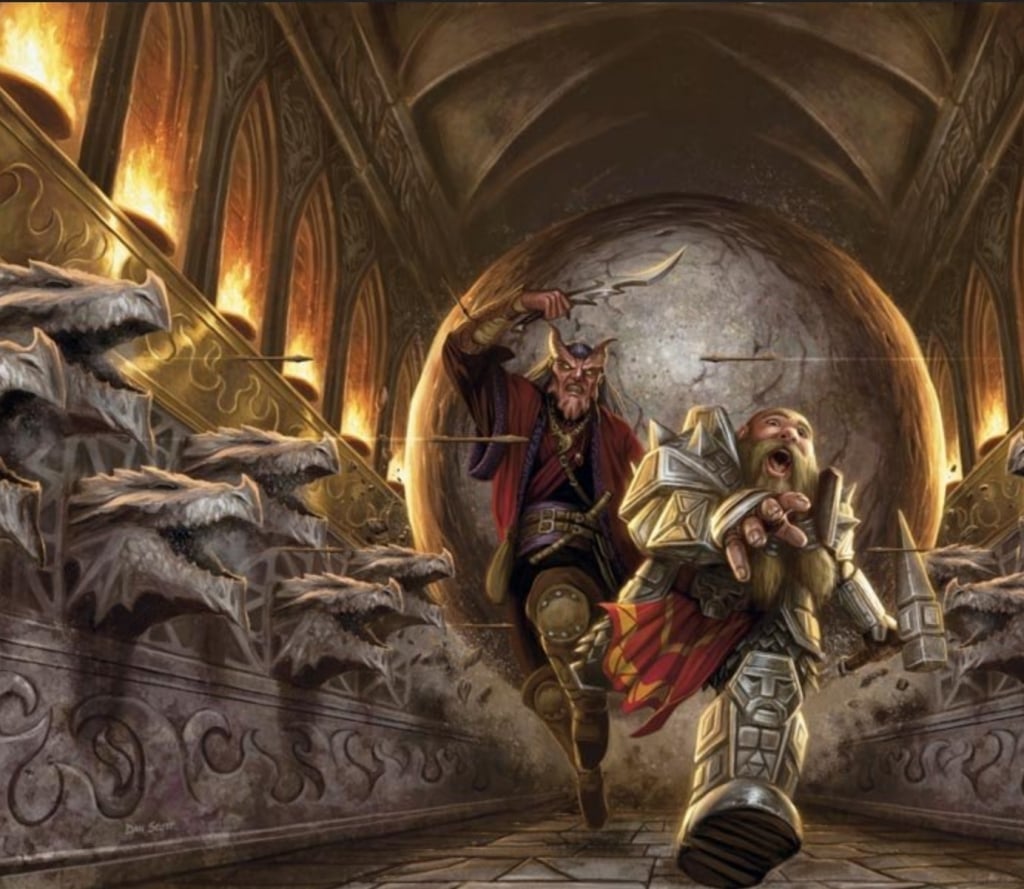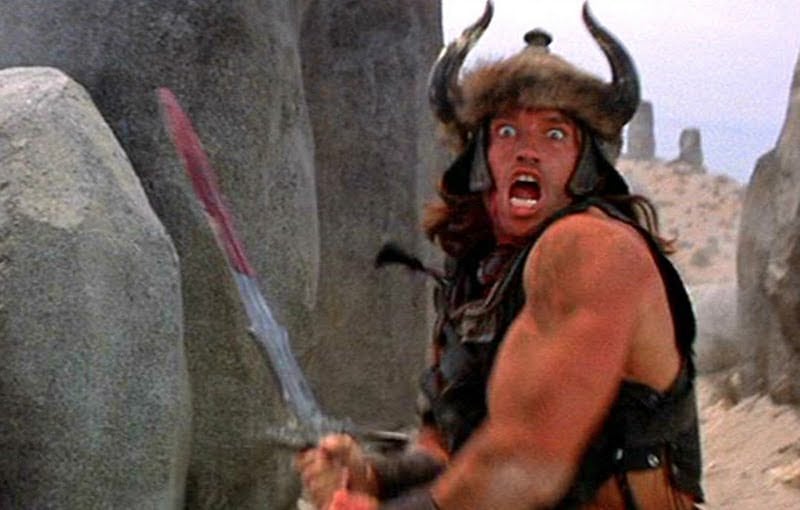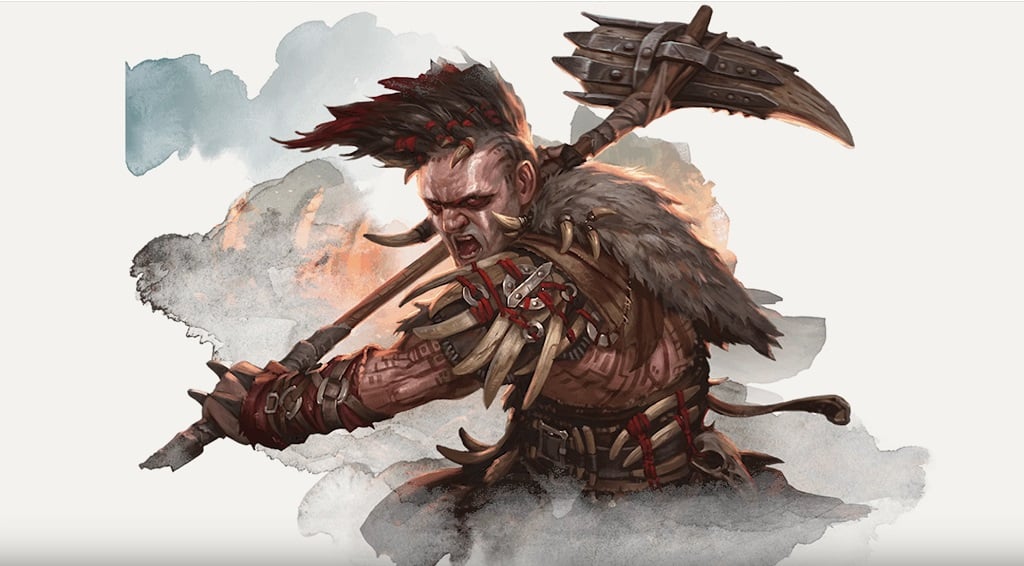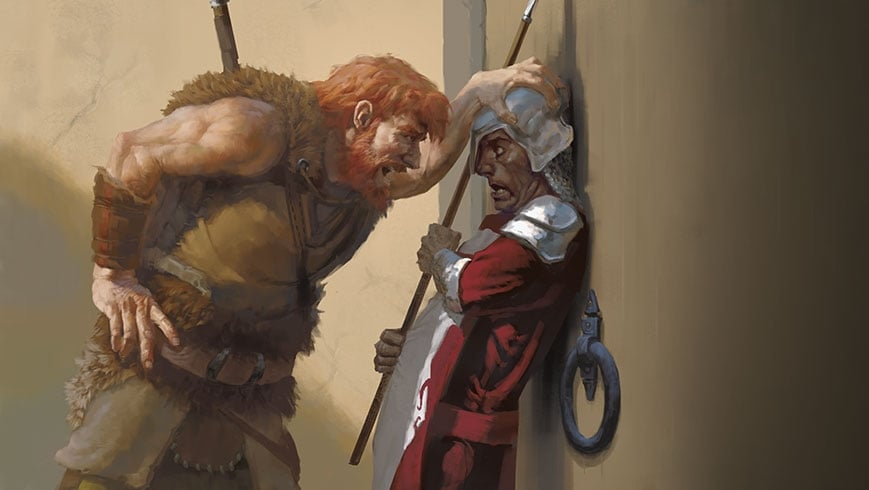All the Core Rules Changes in ‘One D&D’s New Playtest
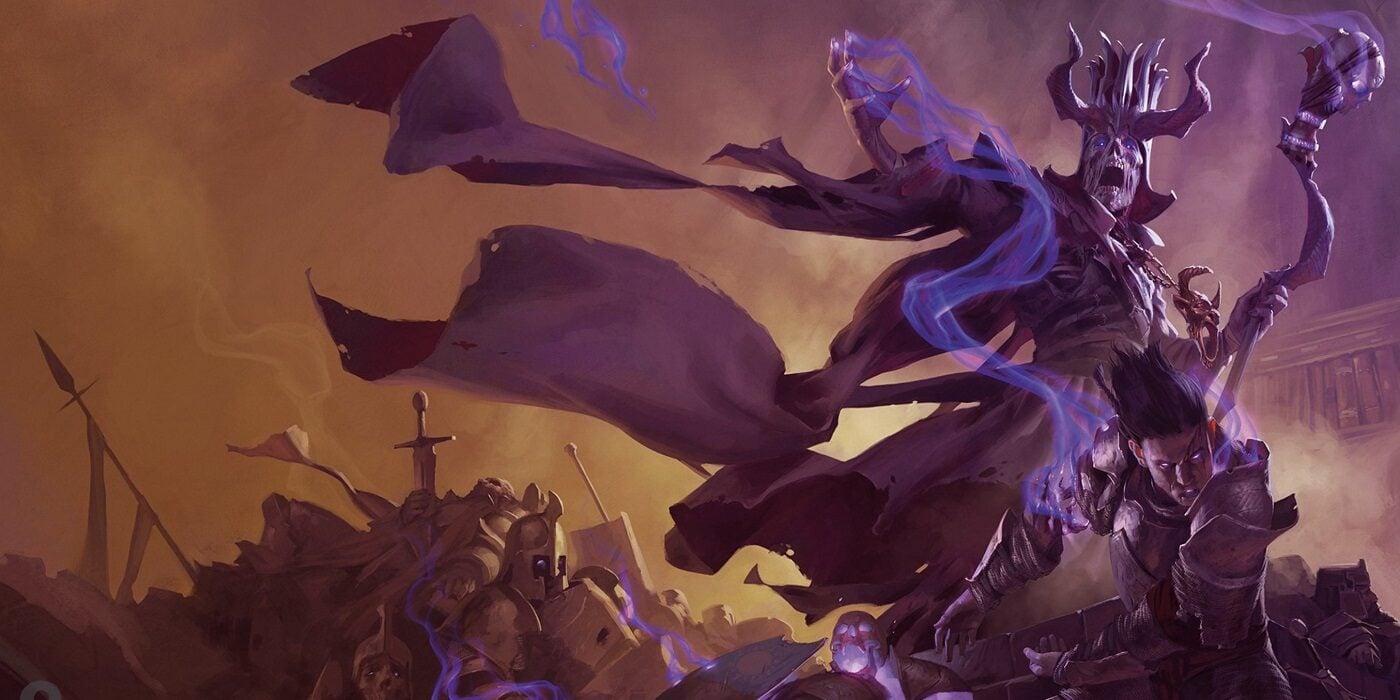

One D&D changes the rules of the game in subtle and not-so-subtle ways. Check out the One D&D core rules changes.
Though the One D&D playtest packet out right now is focused on “character origins” that’s not the only set of rules targeted in the latest Unearthed Arcana. One D&D changes the core rules of D&D in subtle and substantive ways.
The One D&D core rules changes give us a glimpse of where D&D is headed post-5th Edition. Will you like it? Or will you become yet another grognard, raging against the dying of the light editions?
One D&D Core Rules Changes – 1’s and 20’s Mean More Now
Perhaps the biggest core rules change in the One D&D playtest packet is the rules about auto successes. Now, this one might seem confusing at first. We all know that a natural 1 fails and a natural 20 succeeds. But that’s just for attack rolls.
In 5th Edition, saving throws and skill checks didn’t follow those rules. So a character with a -1 modifier would never succeed on a DC 20 check since the highest they could roll is a 19. Even on a 20.
Conversely, a character with a +10 modifier could never fail a check of DC 11 or below. Even on a natural 1.
That is no longer the case. Per the new rules:
If you roll a 1 on the d20, the d20 Test automatically fails, regardless of any modifiers to the roll.
If you roll a 20 on the d20, the d20 Test automatically succeeds, regardless of any modifiers to the roll. A player character also gains Inspiration when rolling the 20, thanks to the remarkable success.
Which is both good and bad. It’s how a lot of tables already play. Critical Role uses some variety of this rule. And it’s not hard to see why. It’s exciting to roll low or high. This means every action has a 5% chance of success or failure no matter how skilled you are.
We should talk about the d20 Test too. As this is another big change. A “d20 Test” is now a specific game term that refers to the three main checks in the game: ability checks, attack rolls, and saving throws.
Again this is an example of how much more explicitly game-y this iteration of One D&D is. This is amusing, considering people hated 4th Edition for feeling too much like a game. Many people want D&D to feel like the rules for simulating a world. And this flies in the face of that.
Critical Hits – A Critical Miss?
Another big change seems to be in the Critical Hits section. It reads as follows:
Weapons and Unarmed Strikes have a special feature for player characters: Critical Hits. If a player character rolls a 20 for an attack roll with a Weapon or an Unarmed Strike, the attack is also a Critical Hit, which means it deals extra damage to the target; you roll the damage dice of the Weapon or Unarmed Strike a second time and add the second roll as extra damage to the target.
Which is a huge change. Since in 5e, Critical Hits currently read as follows:
When you score a critical hit, you get to roll extra dice for the attack’s damage against the target. Roll all of the attack’s damage dice twice and add them together.
There’s a subtle difference here. But in 5E, damage dice from features like Sneak Attack and Smite get doubled on a critical hit. In One D&D, as currently written? They don’t. You’d only add an extra 1d6 for your short sword + sneak attack critical hit.
Also, some folks have noted that, as written, this rule only applies to player characters. This feels in line with an overall trend on WotC’s part of making the game a little more predictable.
After all, if you get attached to your character, how can you tell their story if they up and die because they got crit?
Now, some might feel that this waters down the game. Whether or not that’s true, we can’t say. But it does bring up questions of what sort of tools will the DM have? Without the excitement of a critical hit, what rules of the game will be targeted toward the fun of the DM? Especially since they’re left to do the majority of the work in running a game of D&D.
Grappled and Glossaried
The rest of the rules changes aren’t nearly as expansive. But they do spell out how D&D is changing. It feels like they’re embracing the “keywords” of Pathfinder 2E a little more. Conditions like Grappled and Incapacitated have much more specific, mechanical meanings.
For instance, if you’re grappled:
- Your Speed is 0 and can’t change
- You have Disadvantage on attack rolls against any target other than the grappler
- The grappler can drag or carry you, but the grappler suffers the Slowed condition while moving unless you are Tiny or two or more Sizes smaller than the grappler.
- While Grappled, you can make a Dexterity or Strength saving throw against the gapple’s escape DC at the end of each of your turns, ending the Condition on yourself on a success.
All of which showcases how the game is butting up against 5E’s more naturalistic design language. Things are called out and capitalized. Clearly defined. With very clear triggers on what ends them.
But where is it going? Will something like this satisfy? That’s up to you to determine.
Check out the core rules changes in One D&D
Happy Adventuring

